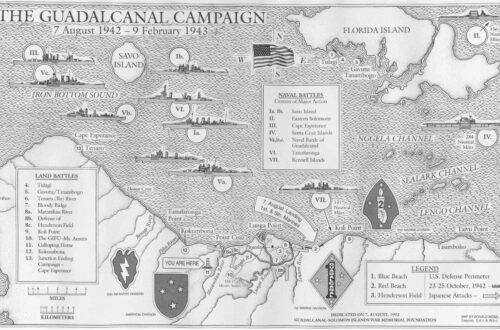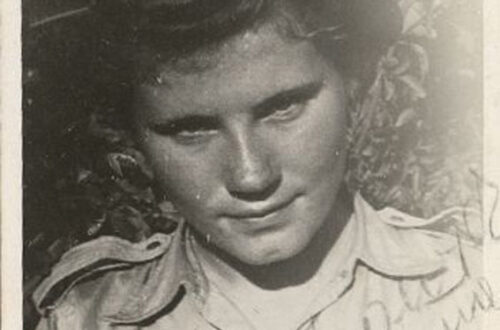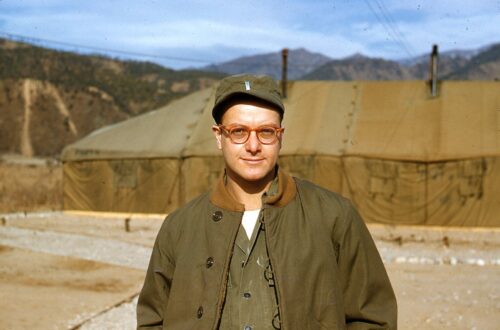Stories: No Interview? No Problem!
The Veterans History Project boasts hundreds of interviews of veterans in America. However, not every person within the collection has an interview. The lack of interviews can be for a number of reasons such as they passed away before an interview was conducted. However, this does not mean they cannot provide insight into the past. In many cases, their relatives were able to provide documents and pictures of that person.
Jerome Glaser, born on the 22nd of May, 1898, and died on the 6th of April 1985, left an abundance of documents behind after his death. While he was not a veteran of the Second World War, his documents show the life of civilians during the war in Rochester, New York.
War Preparation:
In light of the Battle of Britain resulting in major English cities such as London bombed day and night, the U.S. government created pamphlets to prepare the people for possible raids. The first of Jerome Glaser’s documents, is The Preparation of the Refuge Room. The documents states certain requirements the room must meet.
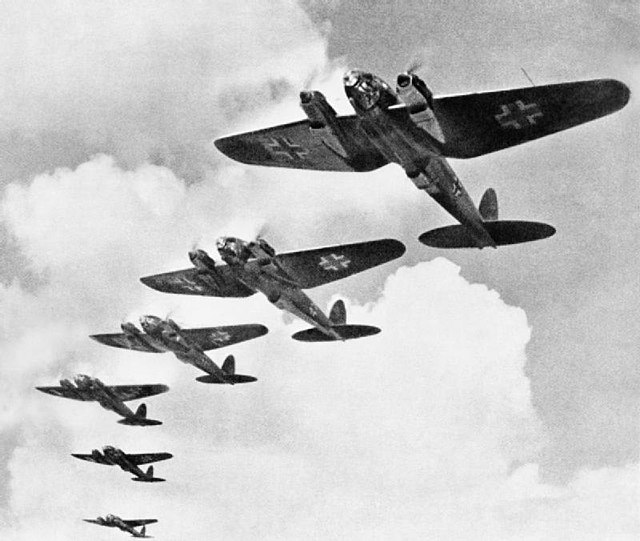
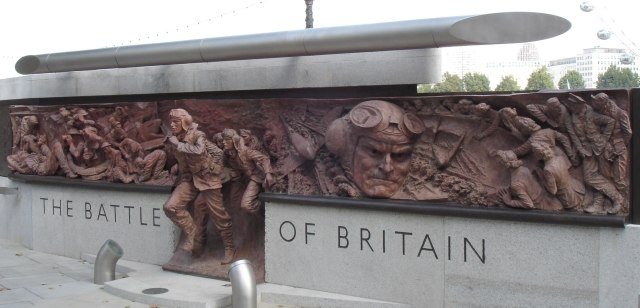

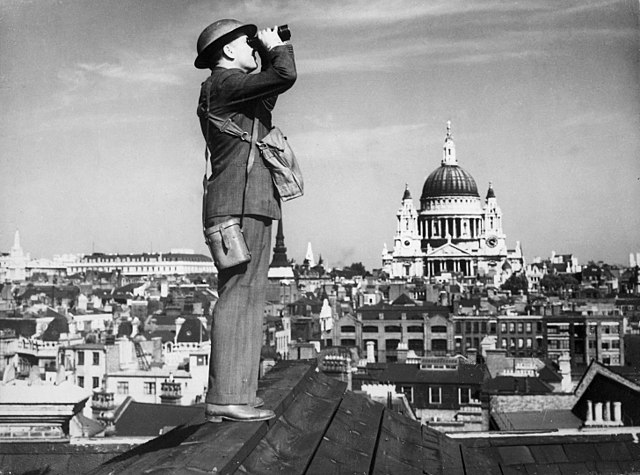
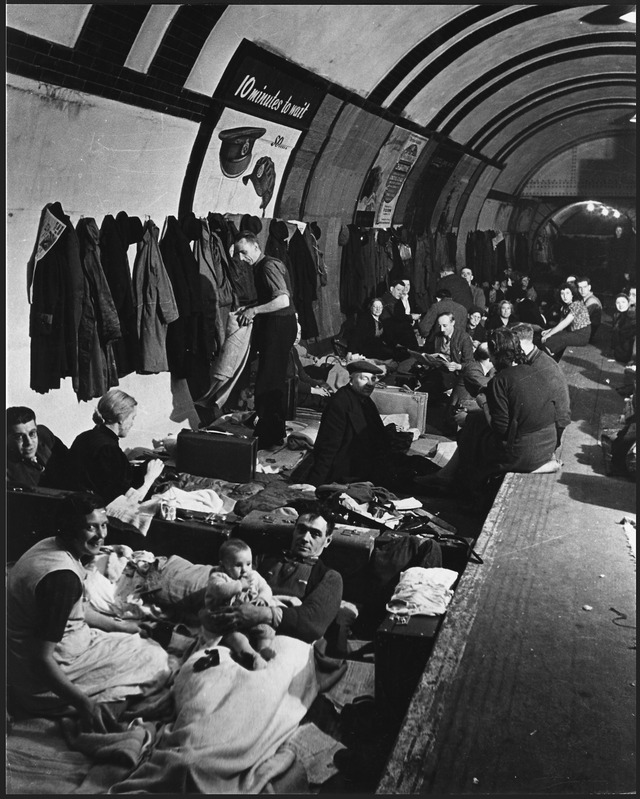
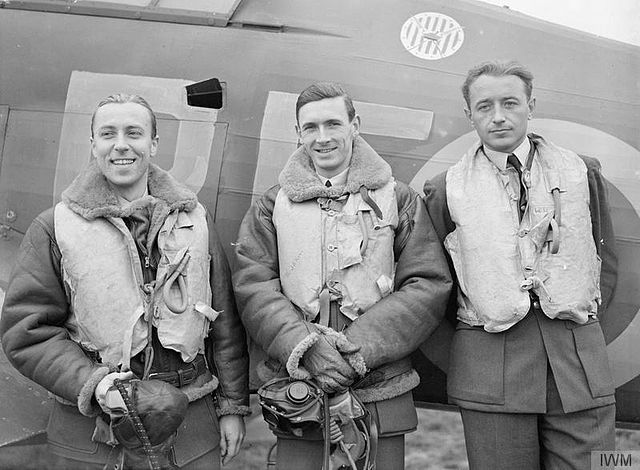
First, the room was to be chosen based the strength of the walls and beams to prevent the collapses on the family. Second, windows were to be “light-tight” to prevent light escaping and provide bombers a target or a sense of directions. The concept of blacking out windows was extremely important as it is mentioned at the beginning as well as the end of the pamphlet. Windows were supposed to be covered up with quilts and other opaque materials. A cache of emergency light sources should be prepared; flash lights, candles, and oil lamps.
Regarding what belongs in the room, the pamphlets sate that the room should be designed around “comfort and safety.” Sleeping, eating, and toiletries arrangement away from windows are the priority as well as blankets, jackets, and sanitation products like soap. An ample amount of food and water should be stashed in jars, jugs, and cans. And stored in locations to prevent breakage.


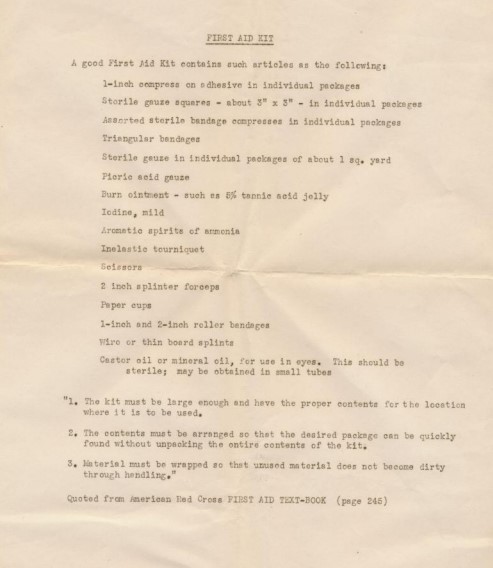
Citizens were also provided instructions in case of Incendiary and Chemicals Warfare attacks.

For Incendiary bombs citizens were expected in helping locate the bombs and aid in putting out fires. The instruction guide lists the do’s and don’ts when approaching bombs and extinguishing fires. The most important instruction is in the title, Don’t fear them–respect them–Keep cool.
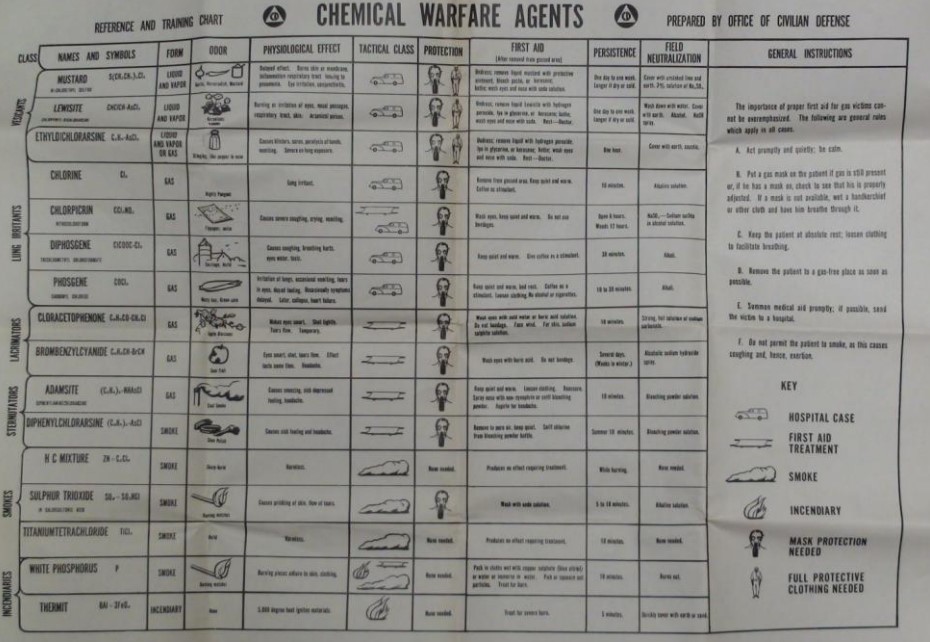
In case of Chemical Warfare, the office of Civilian defense lists the possible chemical agents, their effects, odors, how to protect against them , and general instructions when dealing with chemicals. The first is to, “Act promptly and quietly; be calm.”
All of these instructions have one over arching purpose, to prevent fear and panicking. These instructions prepare people for the worst, giving them the ability to have some control over the situation.
Rationing
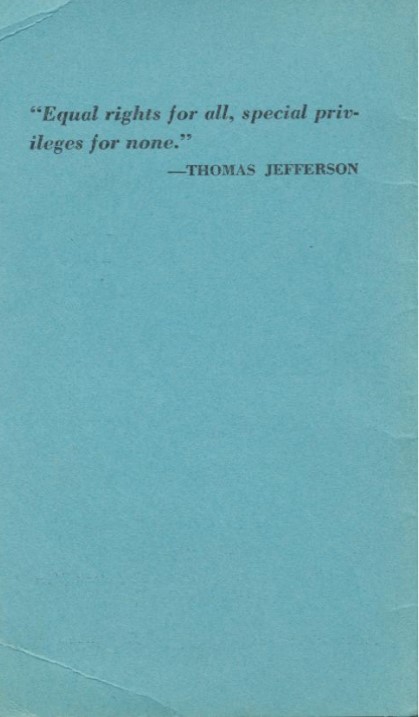

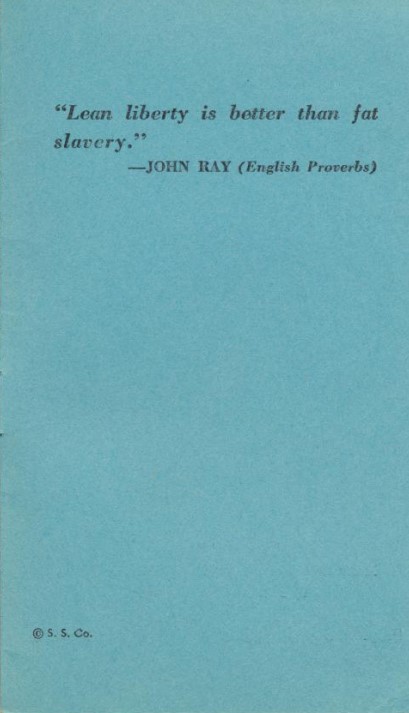
As with all wars, the Second World War demanded the sacrifice of the nation’s people. For those who could not serve, they supported the war through rationing food, fuel, and materials. The Second World War stopped trade, turned factories to war time production, and put men and women to work in the factories. As a result, many goods were less available such as sugar, gasoline, and meat. Therefore, Citizens were required to have carry War Ration Books that allow for weekly and monthly rations.
Each week a family has a maximum point limit, each food such as sugar and milk have a point number assigned to them. These can change weekly depending on availability. To help prepare families, included were plans on feeding a family. What should be bought per week.

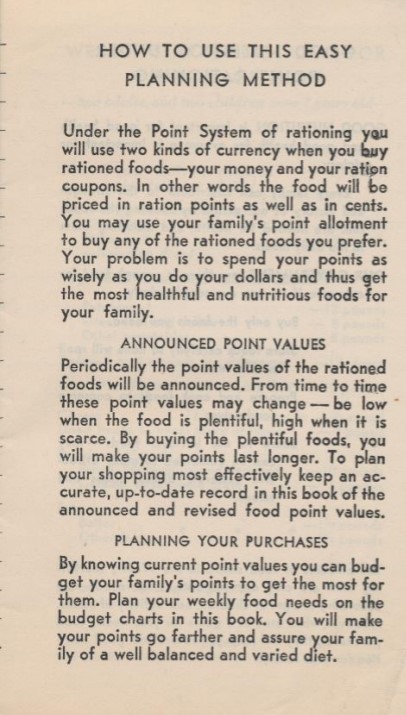
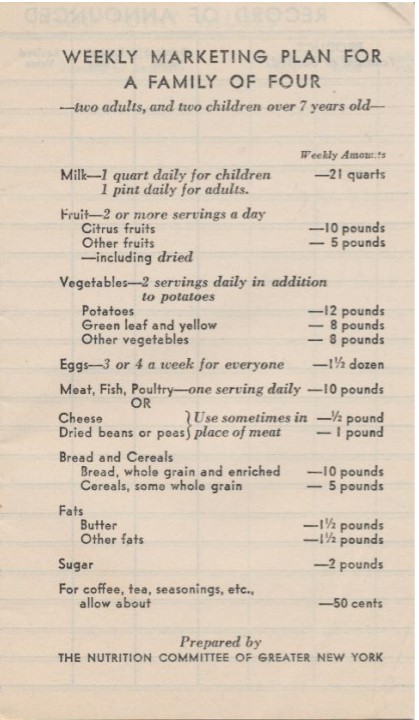
While Jerome Glaser passed away before the Veterans History Project was born, his documents that were left behind are still useable and available. Many veterans have a combination of documents and publications alongside their interviews, those who only have one or the other are still valuable and can offer insight of their own.
